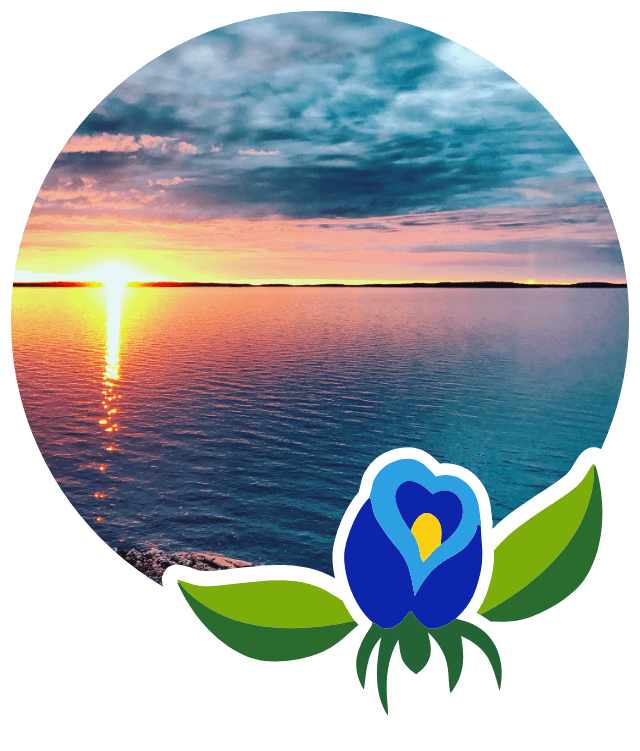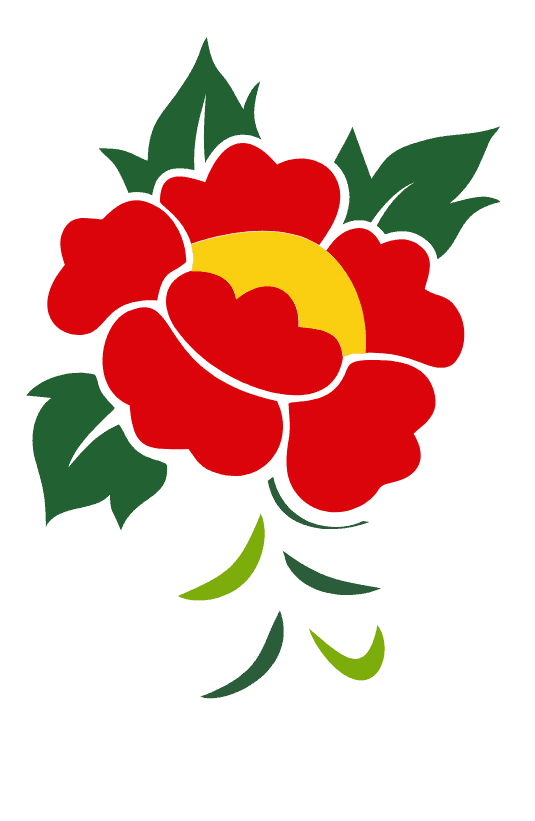Our community, Wasauksing First Nation, is located on a beautiful island in Mnidoo-gamii (Georgian Bay) and borders the municipality of Parry Sound and Seguin Township.
Ezhi-ngodenaaziiyang, Wasauksing Ntam Anishinaabeg, te enji-genaanjiwaang mnis zhiwe Minidoo-gamiing (Georgian Bay) miiniwaa gaa-taaying eko kowaabjigaanadeg maanda maanpii Parry Sound miiniwaa Seguin oodenaasing debendaagok.
The Island has year-round road access to the mainland via the Wasauksing Swing Bridge that connects to Rose Point in Seguin Township. Our surveyed akii (lands) encompasses majority of Parry Island, with the exception of Salt’s Point in the northeast. We are currently undergoing negotiations with the Federal Government to have Demiimgak-oodenaang (Depot Harbour) returned to our jurisdiction as an Addition to Reserve, as well as several peninsulas and pieces of akii in the zhawanoong (south) of the Island in an ongoing Boundary Claim.
Waaseyakosing, (Place that shines brightly in the reflection of the sacred light), also known as the Parry Sound region, has been an important geographical and spiritual location for Indigenous people for time immemorial. The Indigenous people first came to the shores of Mnidoo-gamii (The Great Lake of the Spirit), or Georgian Bay, during a great travel from the waabanong (east). Many of the Indigenous travellers settled to protect others on their travels from attacks from the zhawanoong by the Haudenosaunee, while others continued their travels giiwedin (north) and ningaabiian (west). Due to its navigable waterways, rich local hunting grounds, and spiritual significance, the region became an important hub for the Anishinaabek.
Naawanj (Waubuno Channel) is considered to be one of the great historical waterways of the great travel, and Waaseyakosing was given its name because it called on the people to stop and rest in the area during their great travel. A great shell made itself visible at Mnidoo-mnising (Island of the Spirit, or Manitoulin Island) that reflected light toward the waabanong that was cast over the akii that came to be known as Waaseyakosing, whose origins can be heard in the modern name Wasauksing.

Over the generations that followed their arrival, the akii around Mnidoo-gamii developed into a robust community of Indigenous communities that had strong kinship ties to one another and a strong and healthy relationship with the local environment. During this time period, descendants settled at the mouth of the Gizhiijiwan/Ziigwan (Seguin River) and resided there until 1856 when European settlers appropriated the akii to build a sawmill.


